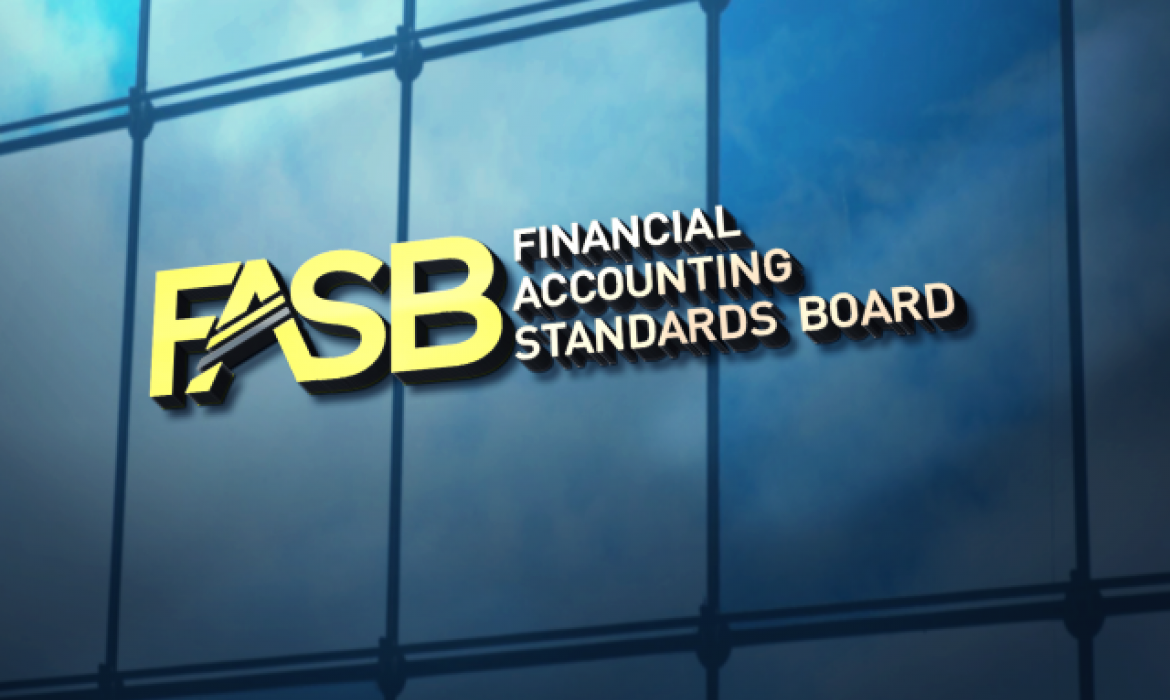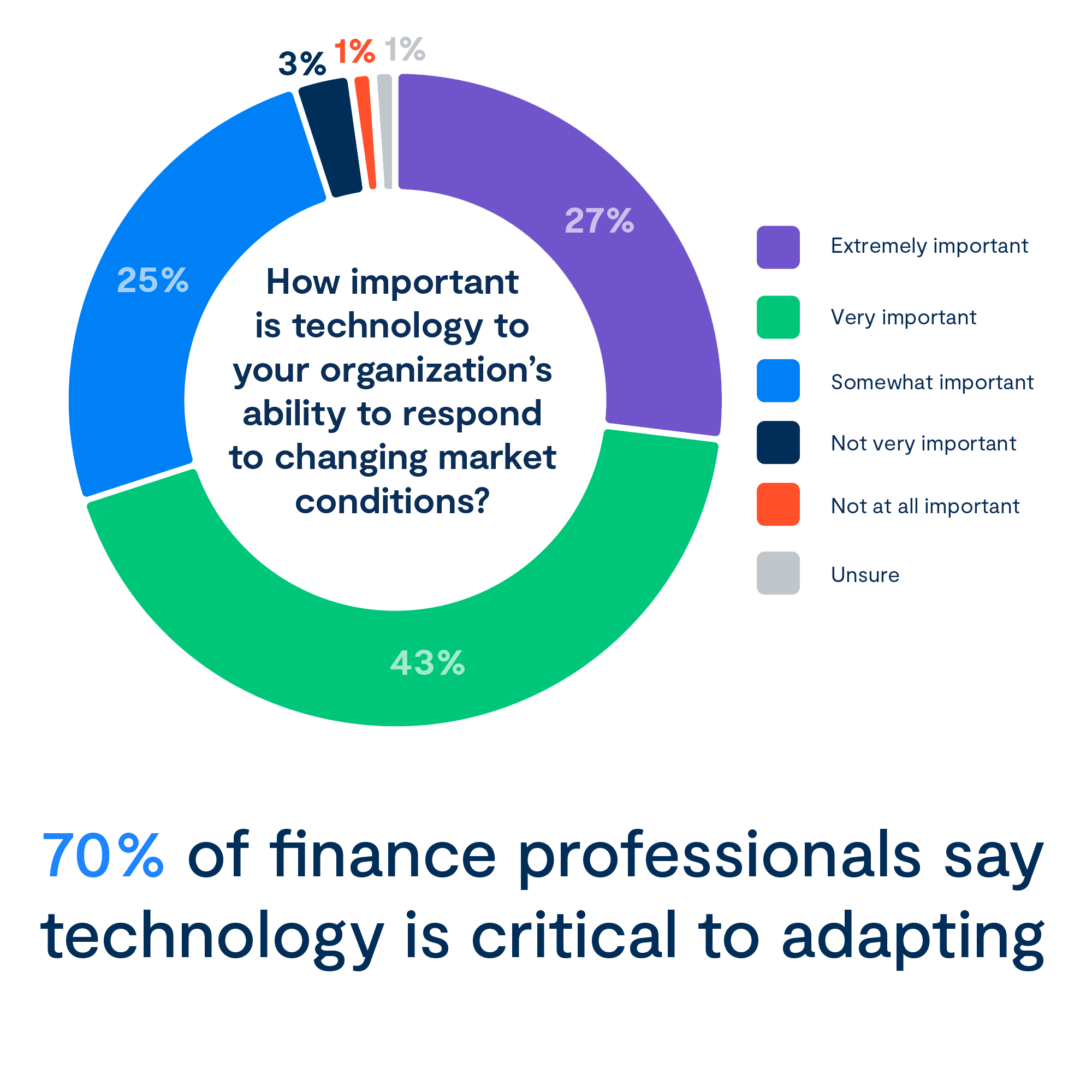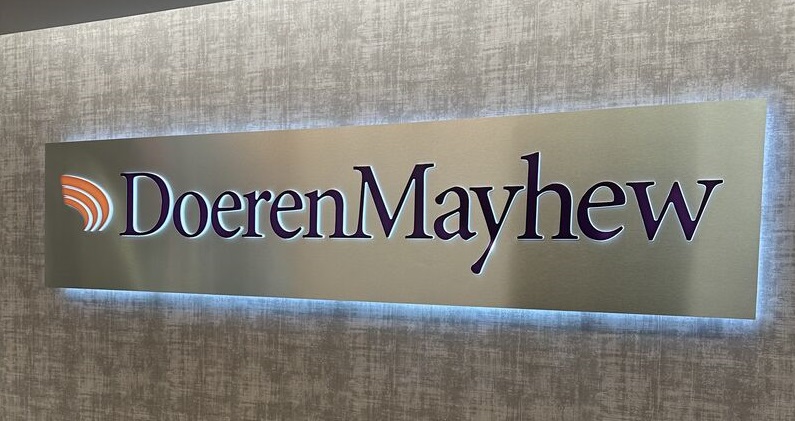2020 was such an unexpected year. Even if you saw the pandemic coming, I doubt anyone would have guessed in March that we’d still be talking about it in 2021. Or grasped how much it would change pretty much everything. With that mindset, it almost seems ironic to make predictions. Still, some clear trends in B2B payments have emerged the year’s events and are likely to unfold in the next twelve months. These are some of the trends that I see taking the driver’s seat in payment automation this year:
Checks Payments are Losing their Luster
The payment automation business case has largely focused on cost savings and AP efficiency. COVID-19 and remote work bolstered that business case—for safety purposes, many companies still hesitate to send employees to the office to cut checks. But what we’re hearing even more is that their suppliers don’t want to receive checks, and they’re asking buyers to start making payments by ACH. With suppliers adopting digital payments at a more significant rate, it feels like we’ve reached the tipping point where checks are becoming obsolete on a broader scale.
ACH Pain Hits Home
As organizations pay more suppliers by ACH credit, they realize the true cost of ACH payments and the risks around them. At $.25-.50 per transaction, ACH looks cheap, but when you consider the time, expense, and liability of supplier enablement, the real cost ends somewhere between $1.40 and $3.79—similar to what it costs to process a check. And that doesn’t include the cost of fraud prevention. ACH payment fraud is on the rise—particularly Vendor Email Compromise (VEC) schemes, where scammers pose as vendors and convince AP teams to send ACHs to fraudulent bank accounts.
Most enterprises have mature controls around check processes, and banks offer controls via Positive Pay and Positive Payee. However, those controls don’t always exist for ACH, and banks often struggle to offer fraud protection for this payment type simply because check fraud was the main focus for so long. But now ACH fraud is rising, and the risk is greater than with checks because the ACH payment process is worlds faster. It’s almost impossible to recover stolen funds if you don’t recognize the problem before the funds reach the bad actors. All these challenges are likely to push more organizations toward outsourcing their payment process to alleviate their overworked teams.
Digital Transformation Ripple Effects
We’re likely to see businesses sorting through some ripple effects in 2021. Organizations had to move forward urgently, and there wasn’t time to plan for some of the changes that would normally take time to implement.
There may also be impacts on external stakeholders. I think we’ll see similar ripple effects from rapid, tactical digitization across departments and industries. That will lead to a second, more strategic wave of transformation and automation with solution providers addressing emerging needs.
Electronic Data Speeds AR Processes
One of the hidden reasons checks held onto their popularity for so long is that they’re easy for AR to reconcile. The funds and data appear simultaneously, with the remittance data right on the check stub. From there, AR knows exactly how to apply the funds against their invoices. If they have a lockbox service with their bank, they don’t even have to key in the check details.
Until recently, that simplicity didn’t translate to ACH payments. AP staff would see ACH deposits in their account, but they wouldn’t necessarily be told how to apply them, because the data didn’t travel with the payment. NACHA (National Automated Clearing House Association) and the RTP (Real-Time Payments) network have improved ACH remittance data transfer. Although the number of fields and characters are limited, it’s a big step in the right direction.
Digitization Unlocks Supply Chain Financing
When it comes to supply chain financing, the U.S. is behind the times when compared to Europe, which has had electronic invoicing in place for a while. There’s a massive opportunity in the U.S. to create more fluidity and working capital for suppliers and buyers alike by using data to accomplish a faster and more dynamic kind of underwriting.
Smarter systems with access to the whole data stream—from PO issuing to payment transacting—can support pre-approved discount and financing options. This wasn’t possible in a paper-based environment, but we’ll see more of these offerings as businesses digitize their data.
A Transactional Social Network for Business
It’s becoming old-fashioned to think of buyers and suppliers—and AP and AR—as separate and independent organizations. Every AP team has a corresponding AR team. All companies are both buyers and suppliers. By looking at all connections between them, you start to see the huge social network of finance professionals behind the constant exchange of funds, POs, invoices, contracts, and other documents. However, for all the highly sensitive data, businesses are not equipped to handle these as securely as they should.
Some financial companies are using the B2B social networking concept to build proto versions of a “Facebook for Business” into their product. Still, we have yet to see any with broader functionality or mass adoption.
Whether a collection of technology firms share their vast network, or a single company creates and markets the right solution, the market is ready for a new business standard. Somebody is going to create a platform that brings businesses out of the virtual Dark Age and into a Renaissance—and it will be very successful when they do.
========
Josh Cyphers is the President of Nvoicepay, a FLEETCOR Company. For the past 20 years, Josh has managed successful growth for a variety of companies, from start-ups to Fortune 100 companies. Prior to Nvoicepay, Josh held leadership roles at Microsoft, Nike, Fiserv, and several growth-stage technology companies. Josh is a lapsed CPA and has a BS in Economics from Eastern Oregon University.
Thanks for reading CPA Practice Advisor!
Subscribe Already registered? Log In
Need more information? Read the FAQs




